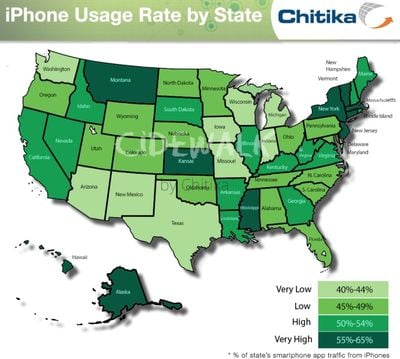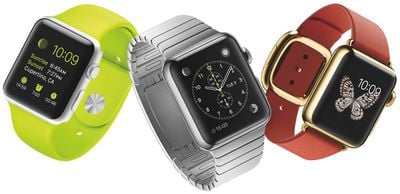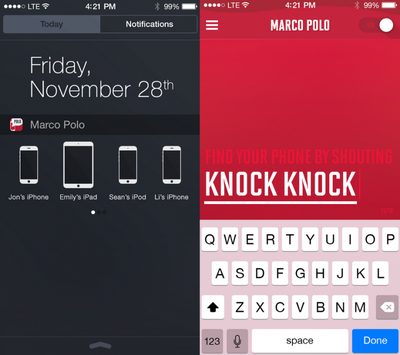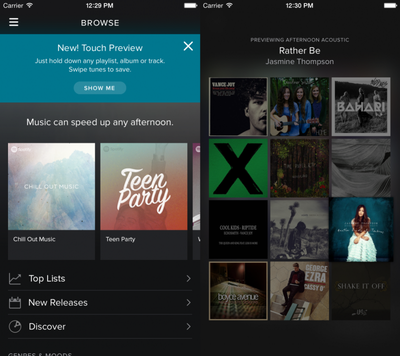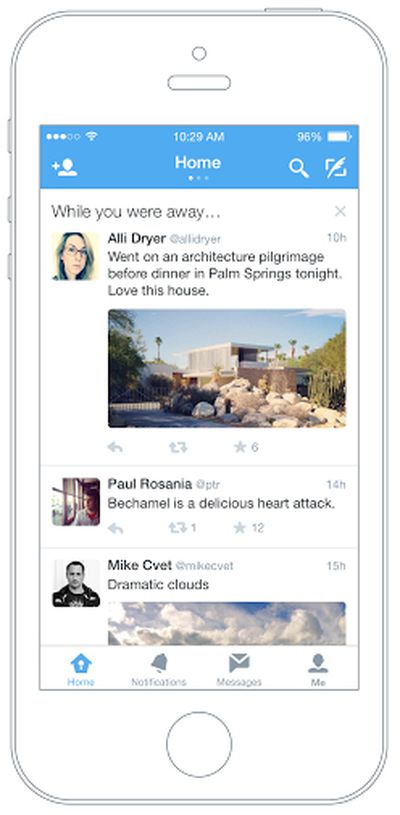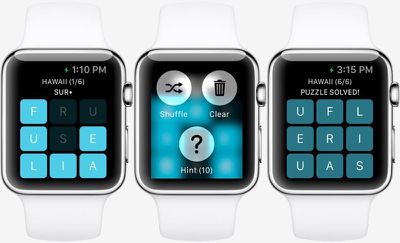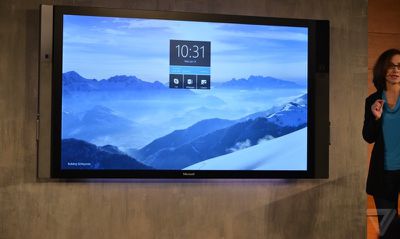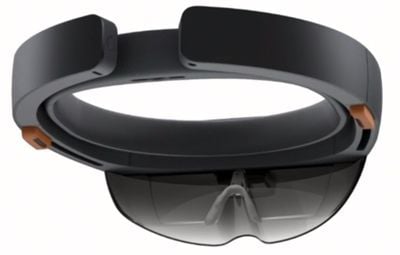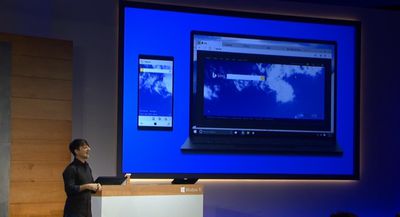Apple CEO Tim Cook reportedly consented to security inspections of the company's products by Chinese government officials, reports The Beijing News [Via ITworld]. The inspections will look for backdoors that provide third-party access to sensitive and private data stored on Apple devices.

These spot inspections were part of an agreement forged between Apple CEO Tim Cook and Lu Wei, director of China's State Internet Information Office. The pair met last year to talk about the security of Apple's products, including the upcoming Apple Watch. Wei expressed concerned that Apple's devices may compromise the security of the Chinese government and the privacy of Apple device owners in China.
During their conversation, Cook reportedly told Lu that Apple's devices do not contain a backdoor to share data with government entities or other third-party services. Despite these assurances, Wu supposedly insisted on these security assessments so the Chinese government can examine Apple's products firsthand.
China increasingly is an important market for Apple with sales in the Asian nation projected to continue to rise in the coming years. Apple recently confirmed plans to open five new retail locations in China over the next five weeks. The company has been heavily promoting these grand openings, making retail head Angela Ahrendts available for interview by Chinese media sources and hiring renowned calligrapher Wang Dongling to design a mural for the upcoming West Lake store in Hangzhou.
Note: Due to the political nature of the discussion regarding this topic, the discussion thread is located in our Politics, Religion, Social Issues forum. All forum members and site visitors are welcome to read and follow the thread, but posting is limited to forum members with at least 100 posts.


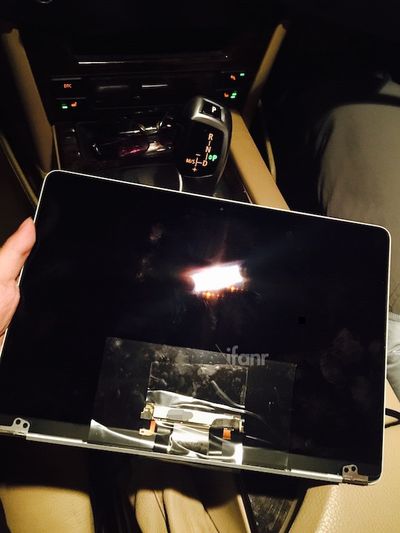
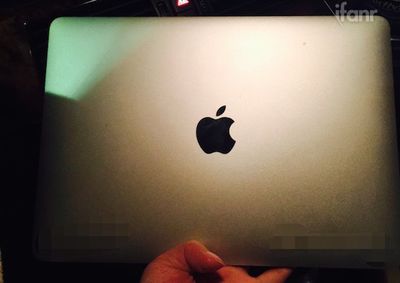

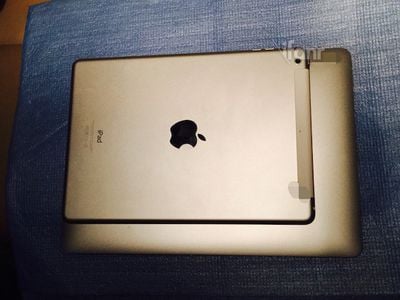
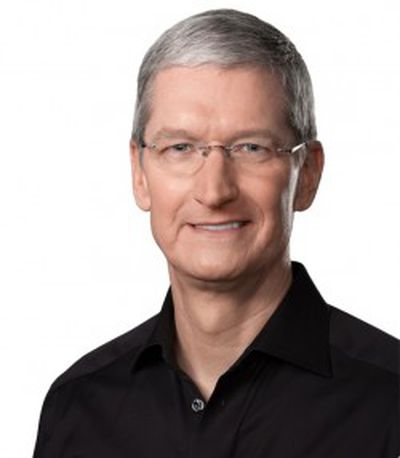 Apple CEO Tim Cook's compensation for fiscal 2014 was $9.22 million, according to a newly released
Apple CEO Tim Cook's compensation for fiscal 2014 was $9.22 million, according to a newly released 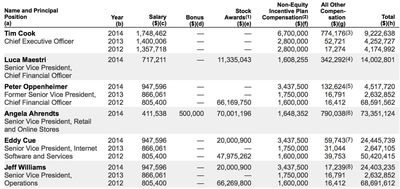
 Mickey Drexler, who has served on Apple's Board of Directors since 1999, will retire at the end of his current term, according to a new shareholders filing. Drexler's term ends at the annual shareholder's meeting, on March 10, 2015. A replacement for Drexler has not yet been chosen.
Mickey Drexler, who has served on Apple's Board of Directors since 1999, will retire at the end of his current term, according to a new shareholders filing. Drexler's term ends at the annual shareholder's meeting, on March 10, 2015. A replacement for Drexler has not yet been chosen.